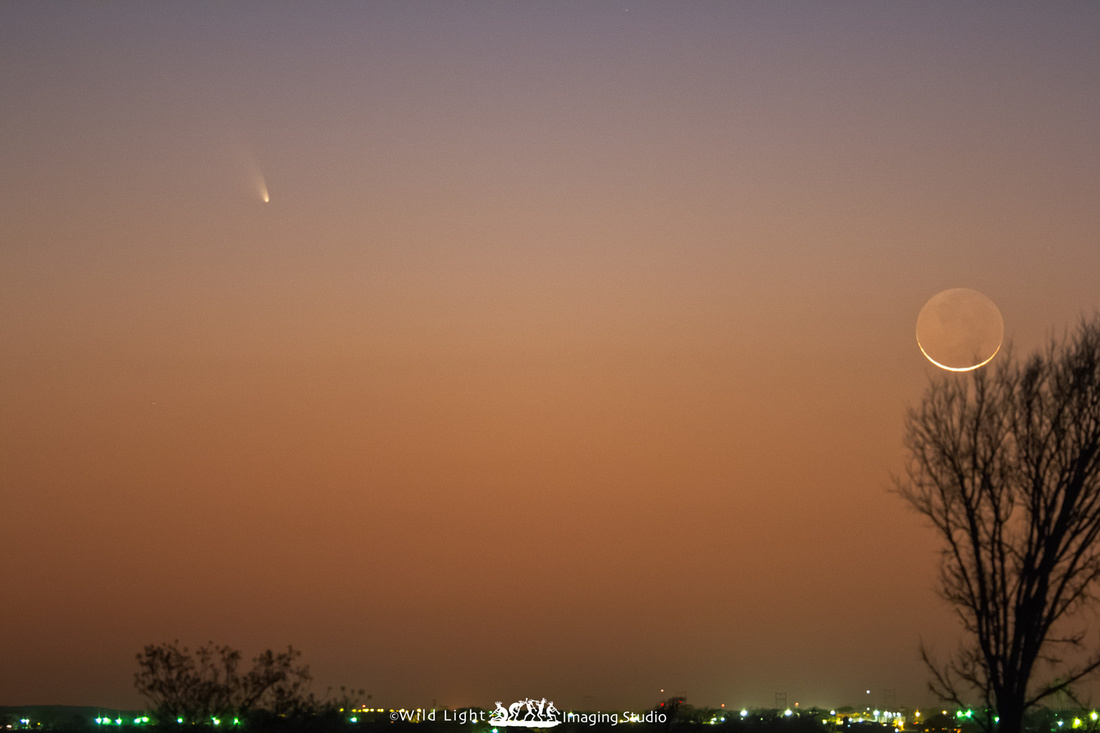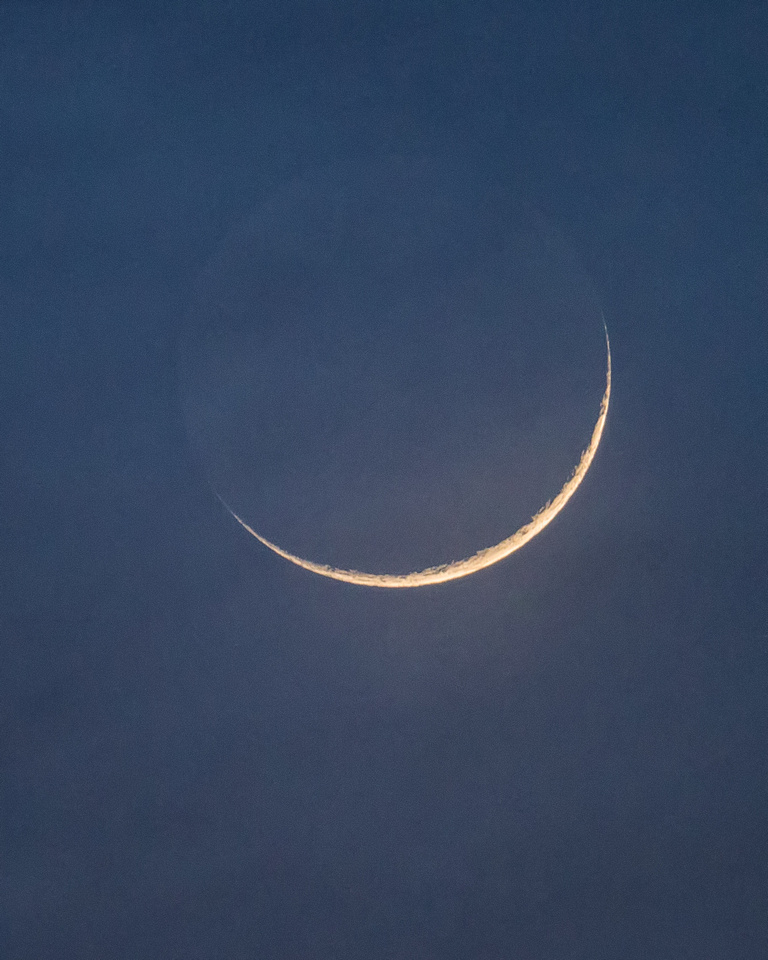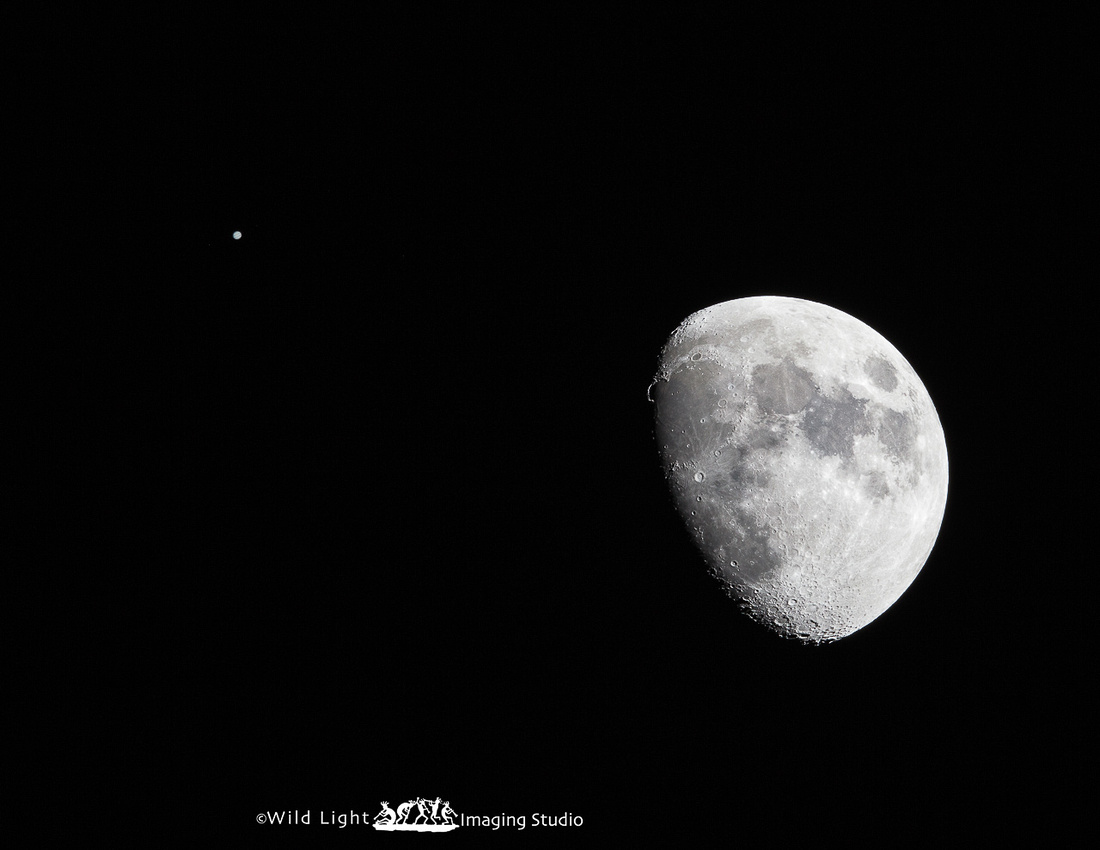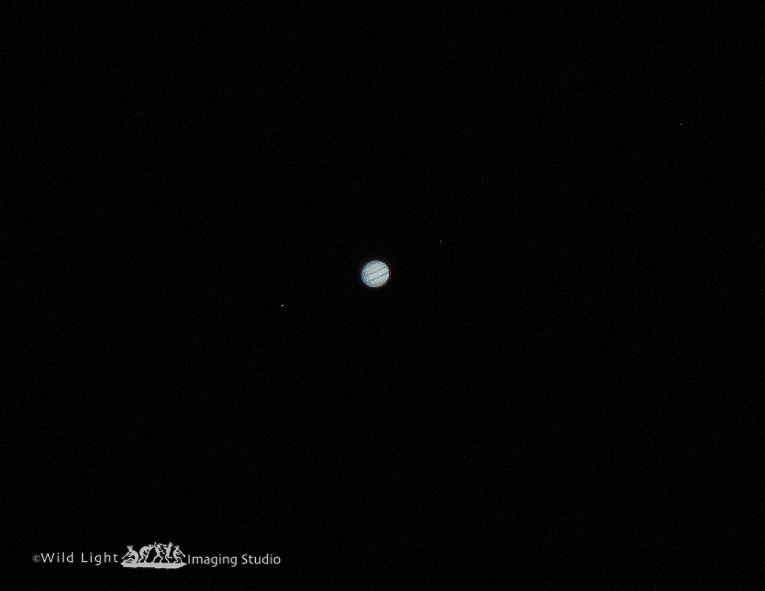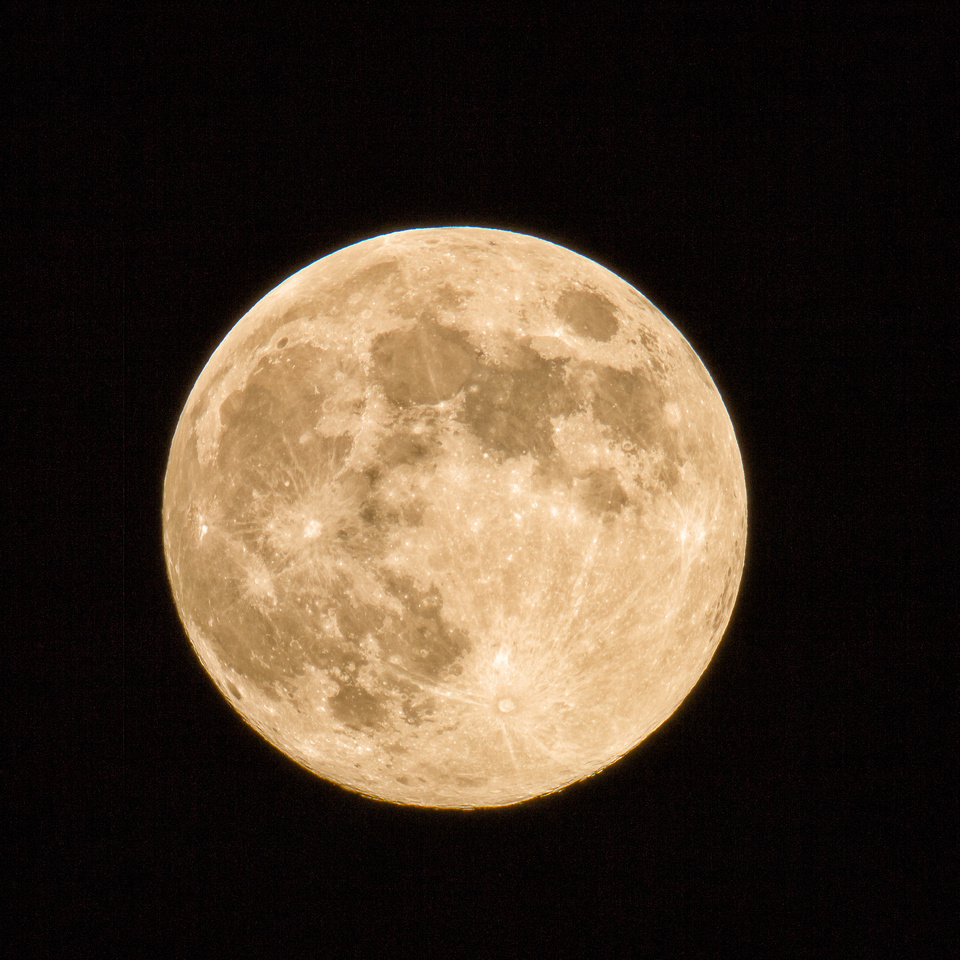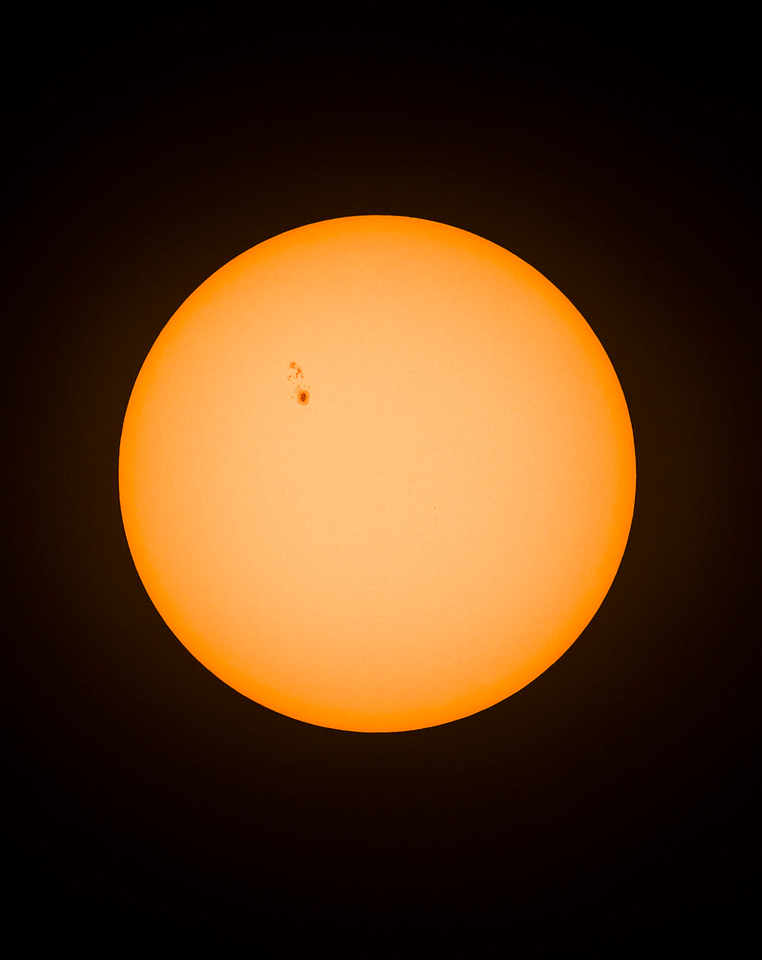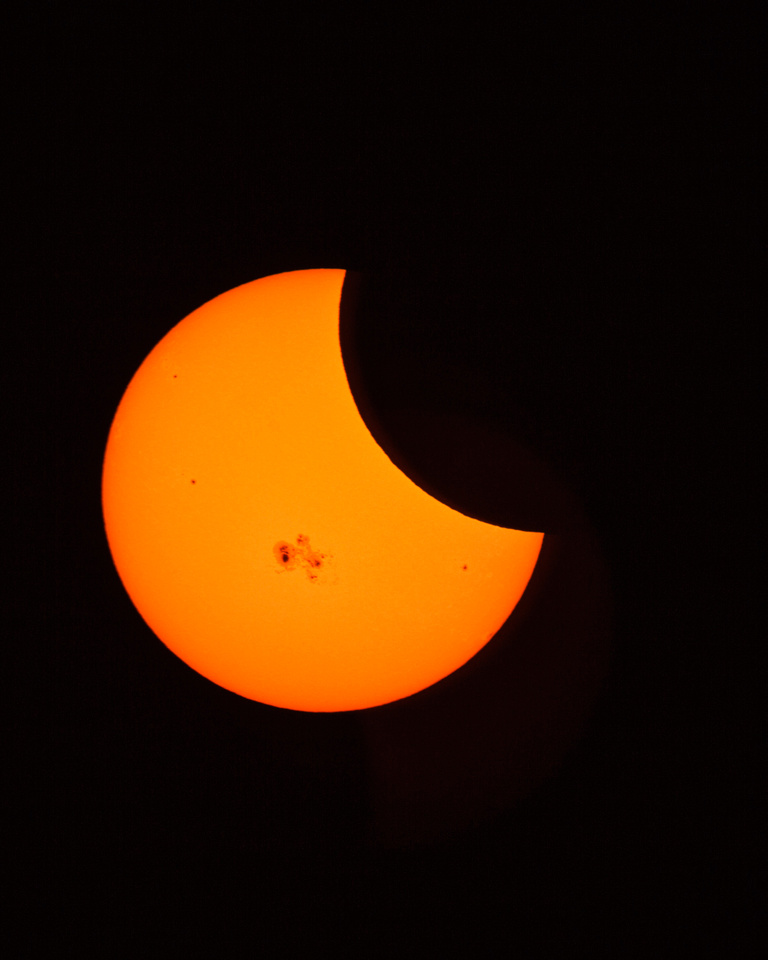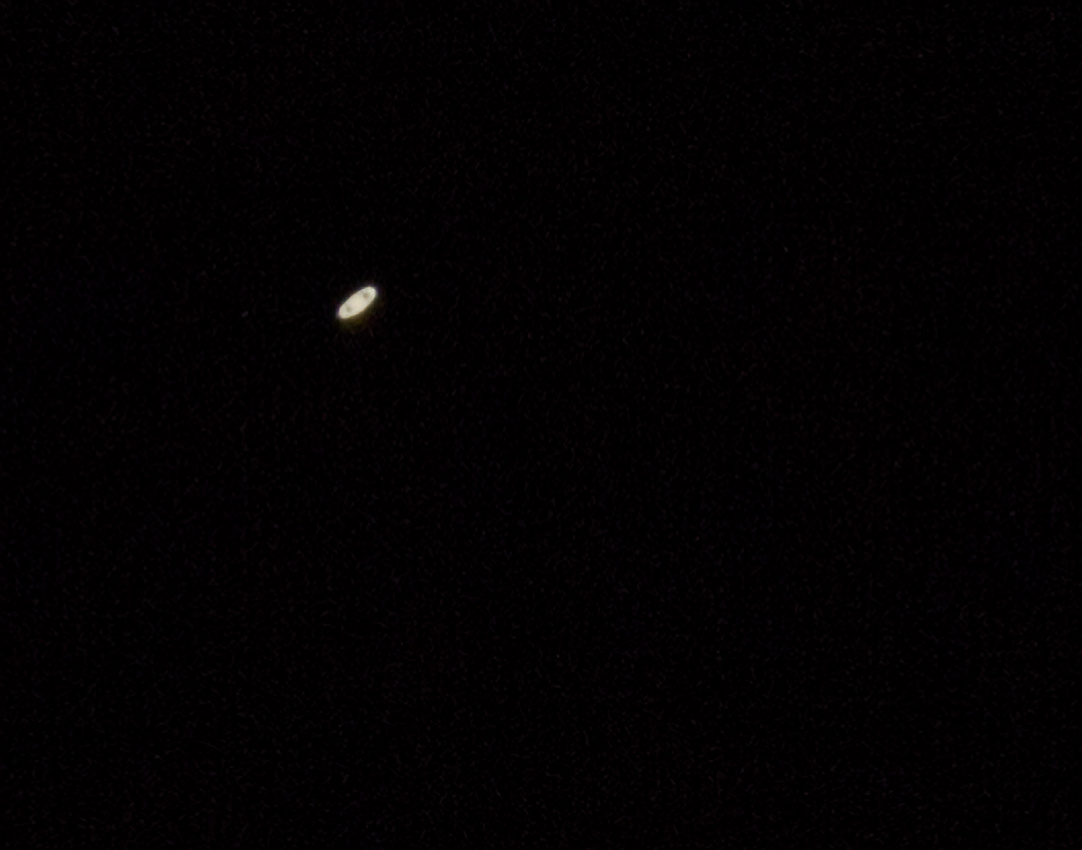Five
Well-Known Member
- Joined
- Jun 10, 2020
- Messages
- 640
- Reaction score
- 433
When I was just a young kid my older brother had a telescope and I remember looking at the moon and thought it was amazing. I always wondered what a planet would look like. So just recently I purchased a 100 mm Orian skyscanner table top telescope with a x2 barlow lens. I was wondering if anyone has any tips on how and when to get a view of Jupiter or Saturn. I know the image is going to be blurry but IDK.









